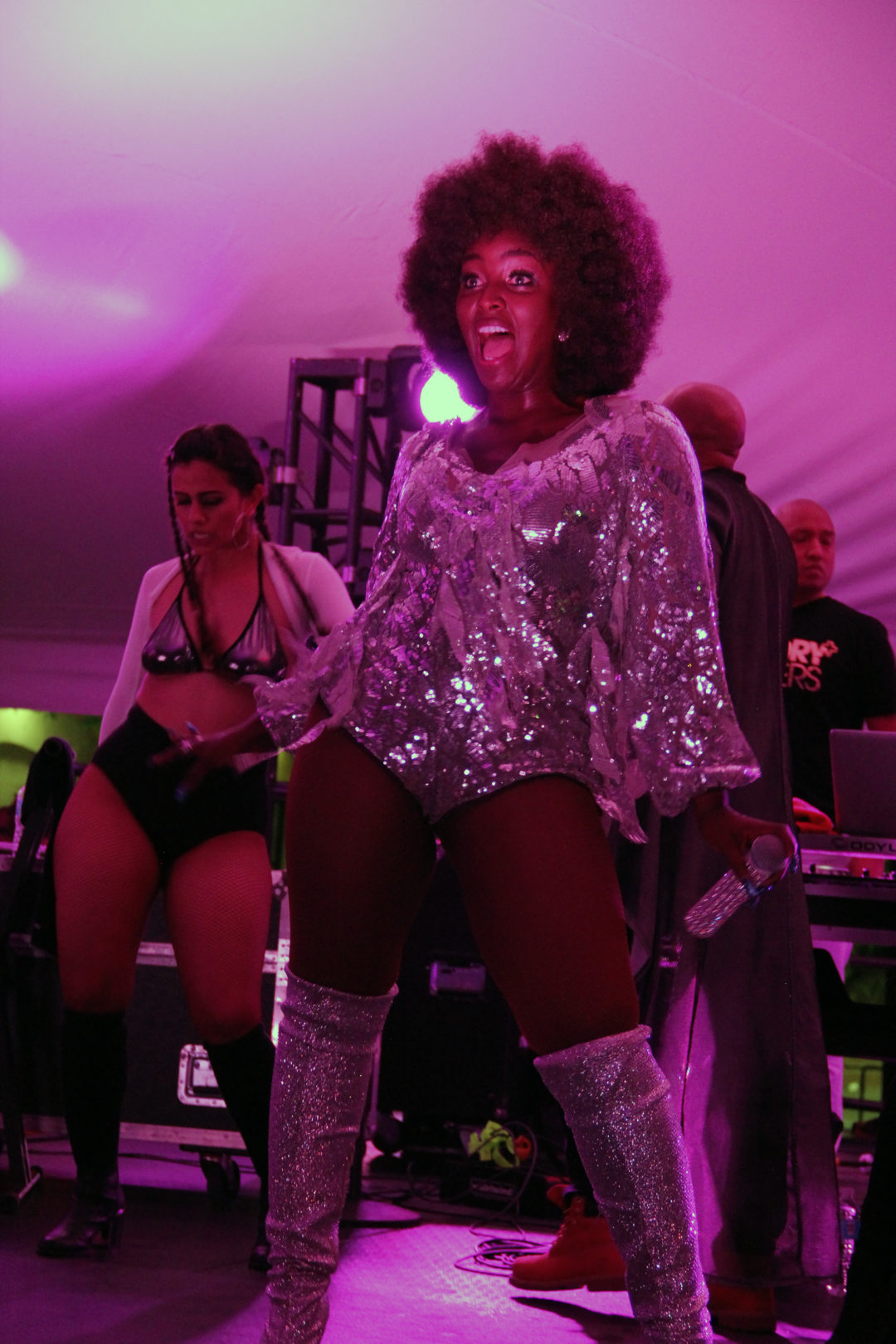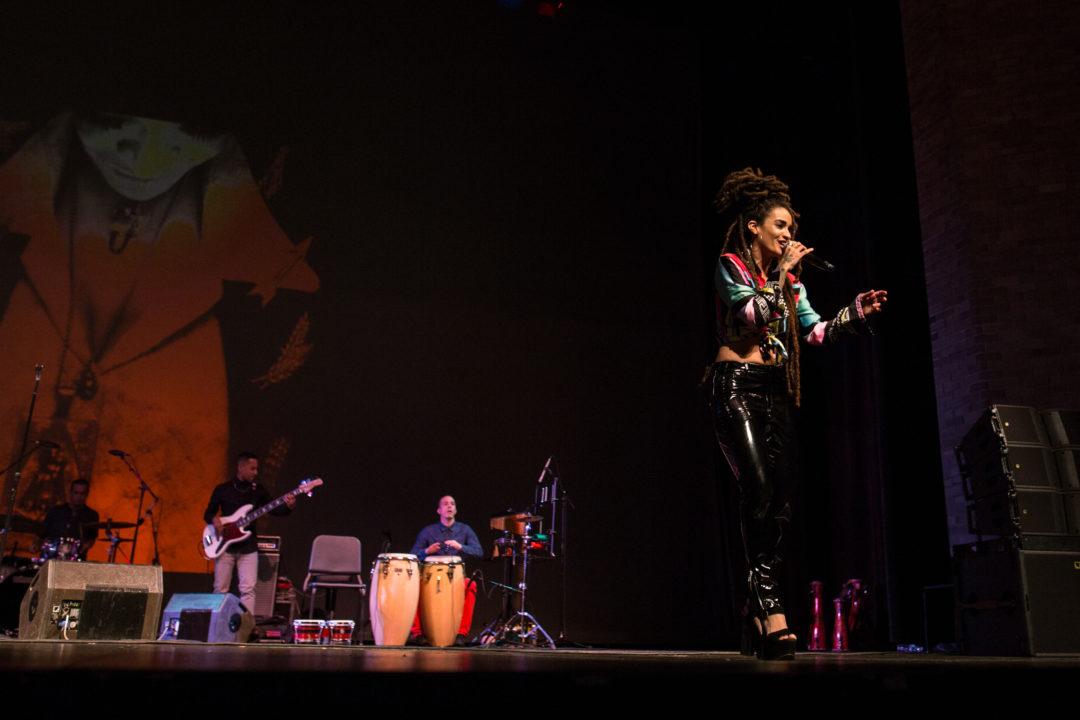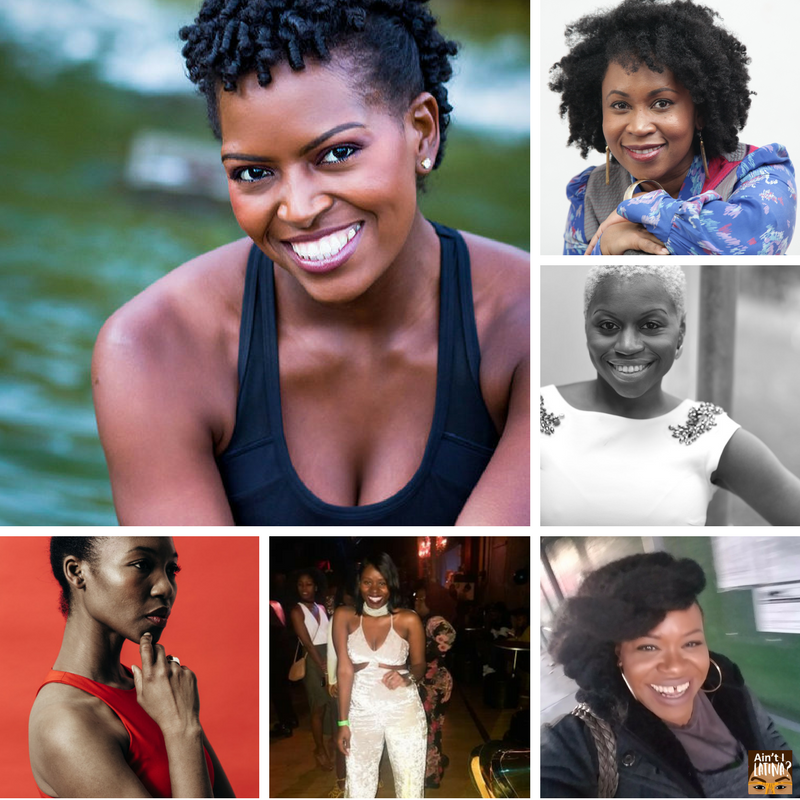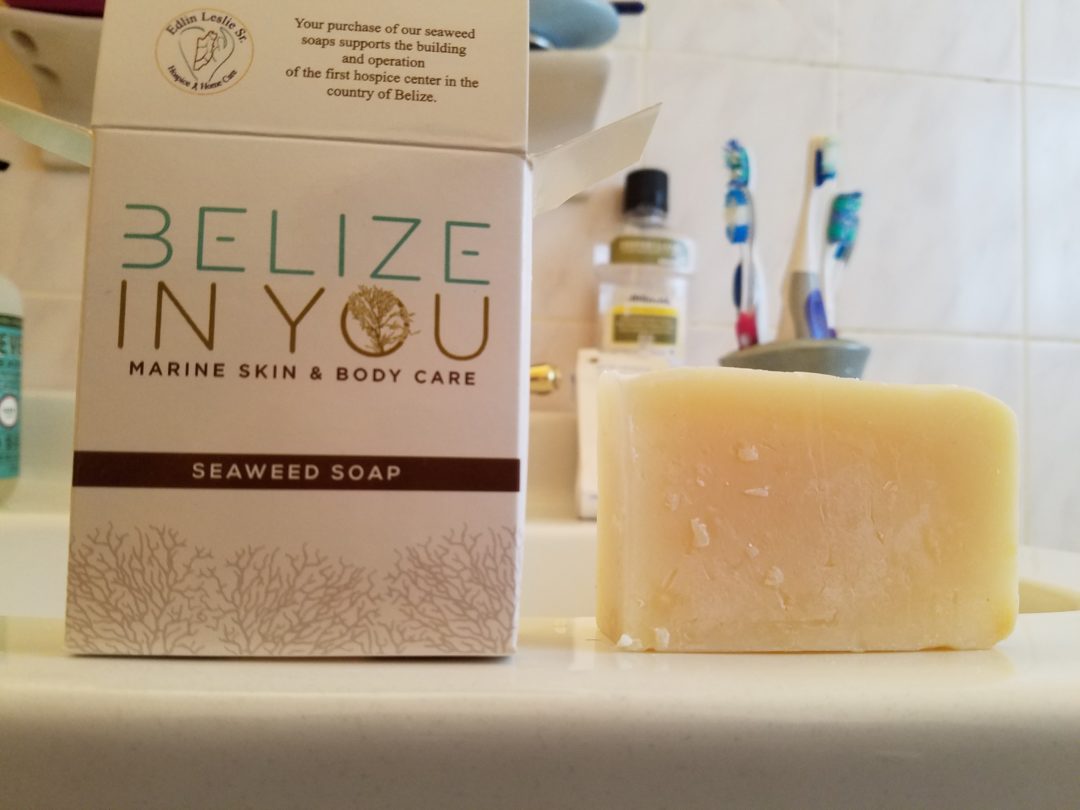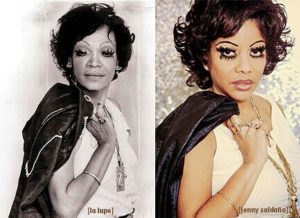Garifuna (singular). Garinagu (plural). Have you heard those terms before?
Used to describe both a language and group of people that reside in Honduras, Guatemala, Belize and Nicaragua, Garifuna people are the descendants of West Africa, Nigeria specifically, who were enroute to be enslaved but survived a shipwreck, landing on the shores of St. Vincent. We were never enslaved, intermixing and intermarrying, resulting in the creation of the Garinagu. Wars between the French and British resulted in the Garinagu having to leave St. Vincent, leading our people to their current locations. There are pockets of Garinagu across the U.S. in places like New York, New Orleans, Miami and Los Angeles, to name a few.
Garifuna women hold a special place in the preservation of the culture. Here, on AintILatina.com, 6 women discuss the moment they realized they were Garifuna and what this unique heritage means to them:
 Isha Sumner, founder of Weiga/Let’s Eat, @weigaletseat
Isha Sumner, founder of Weiga/Let’s Eat, @weigaletseat
On what it means to be Garifuna:
Our history informs us of the hardships we suffered at the hands of the English in 1797 on the island of St. Vincent simply because they wanted ownership of our fertile lands for sugar. We were exiled, left to die, but by the grace of God we are here today, fighting the same battles against different people, for the same reasons: land. Based on these facts I will say that being Garifuna means to be an overcomer. It means to be a fighter for the cause of life. Being Garifuna means to be resilient, strong and resolved. In our DNA runs the blood of a free people, the only Blacks that were never enslaved.
On her earliest memory of identifying as Garifuna:
My earliest memory identifying as Garifuna was when [my] Mom moved back from the city of San Pedro to the village of San Juan, where I was born. Everyone around me spoke a language I wasn’t familiar with, I grew up speaking Spanish in the city. But now that I was in the village, I felt lost. That’s when my mom explained to me that I had to learn to speak Garifuna. That’s when I realized that the mean people in the city that called me Black rather than by my name, saw that I was different than them. I became Garifuna then.
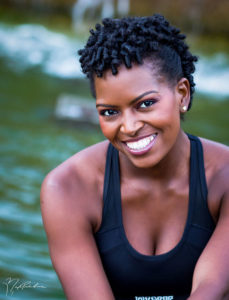 Yenory Pouncil, creator of iAmHealthyFit, @iamhealthyfit
Yenory Pouncil, creator of iAmHealthyFit, @iamhealthyfit
On what it means to be Garifuna:
Being Garifuna means that I can dance punta, cook machuca and speak Garifuna, and still stand for the injustices that face my people. Both in the United States and in the countries where we reside.
Being Garifuna means that you not only identify yourself with the customs and traditions, you also actively advocate and open doors for members of our communities. Garifuna people are in a constant state of persecution due to our lands. We cannot afford not to fight back in any way we can.
On her earliest memory of identifying as Garifuna:
I cannot remember a time when I did not identify myself as Garifuna. From a very young age, I think five years old, I have known I am Garifuna. My mother, who was a dancer for the Ballet Folklorico de Honduras, always spoke to my brother and me about who we are as a people and what makes us different.
My family’s lineage goes back to the founding members of the community of Santa Rosa de Aguan, which has always been a source of pride and motivation for our family. While my mother traveled the world as a dancer, I lived with my aunts in Aguan, learning the language, the customs and traditions.
As I reflect on her decision, it shaped the person I’ve become. Everything I found out in Aguan connected me to food. I started cooking at five, and learned all about food preparation, the healing properties of food, the growing of food, what food looks like in its raw state. These are all key pieces of my project iAmHealthyFit. Food is our medicine.
Garifuna is who I am, I’ve never been anything else. While I might use the term Afro-Latina to identify myself, I still check the other box and write Garifuna in. It is my way of saying, I am here, we are here, and we are not going anywhere.
Continue reading…




